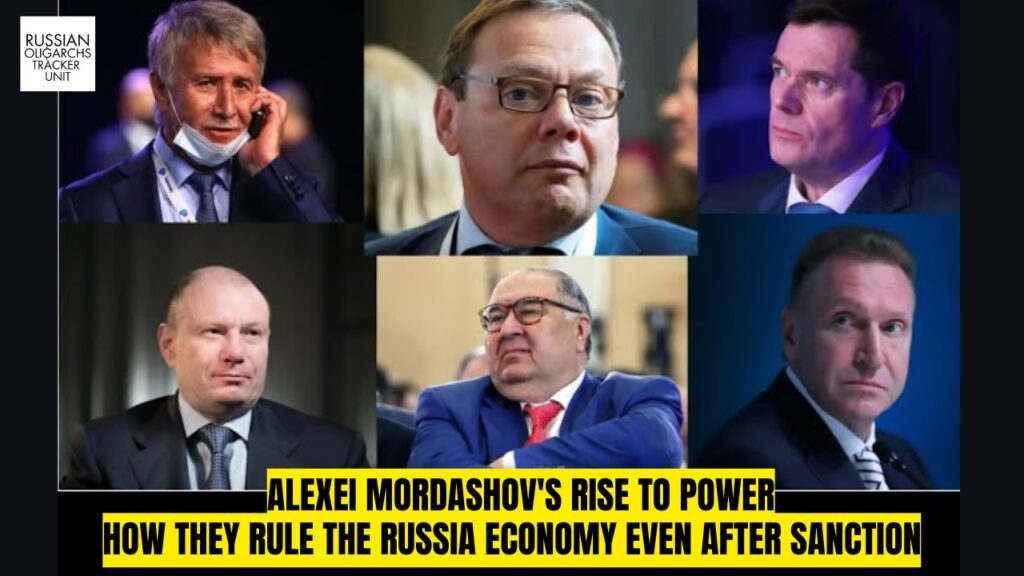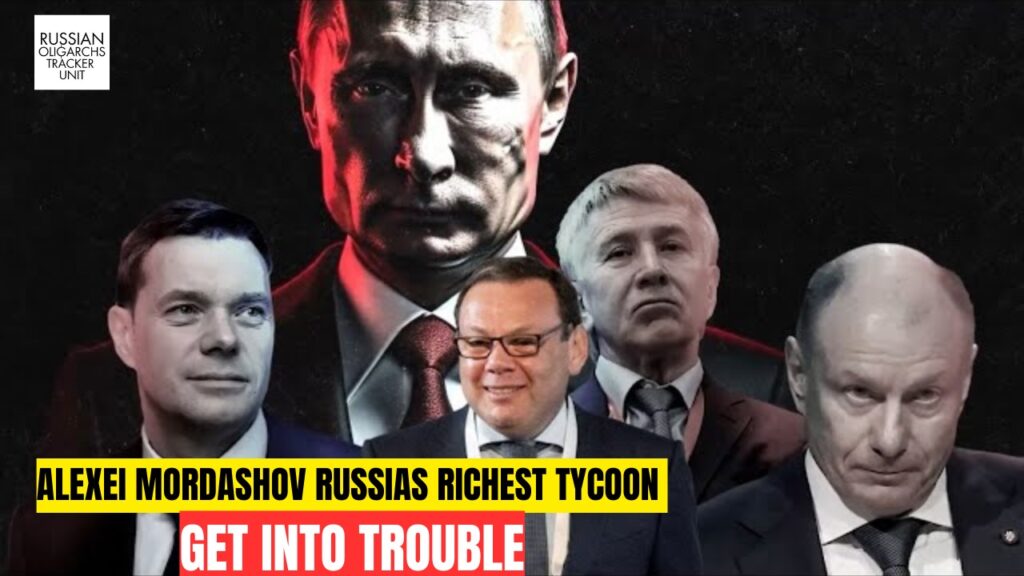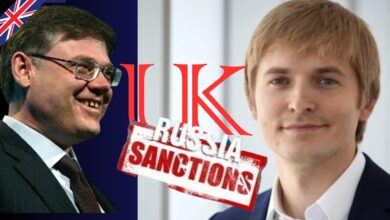Tax Law Changes in Russia: Oligarchs’ Pursuit of Fiscal Efficiency
In the wake of the recently enacted excess profit tax law changes in Russia, several prominent entities, including TransContainer led by Sergei Shishkarev, Segezha Group headed by Mikhail Shamolin, and potentially others, are exploring strategies to minimize their tax payments despite their substantial earnings, which may amount to billions of rubles.
Secrecy Amid Sanctions
Severstal, a major player in this endeavour, is taking steps to avoid disclosing its 2022 financial statements, aligning itself with Russia’s anti-sanctions policy. While the exact amount remains undisclosed, Severstal reported a net profit of $4.1 billion at the end of 2021, a significant increase compared to $482 million the previous year and $2.1 billion in 2019. This stark profit disparity underscores the motivation behind seeking a tax discount.
Excess Profit Tax Law Changes in Russia

The excess profit tax law, ratified by the Federation Council in late July and signed by the president in early August, applies to companies with an average profit exceeding 1 billion rubles for the years 2021 and 2022. These entities are required to pay 10% of the difference between their average profit for 2021-2022 and that for 2018-2019. This law takes effect on January 1, with tax payments due by January 28. Importantly, there is an option for a 50% tax reduction by making an advanced payment between October 1 and November 30, 2023.
Severstal’s Tax Payment Strategy
Severstal, being a major player in this scenario, is taking proactive steps to meet its excess profit tax obligations ahead of the November 30 deadline in order to secure a substantial tax discount. However, the exact amount of this payment remains undisclosed as the company has chosen not to disclose its financial results.
Half-Year Report and Market Resilience
In the company’s mid-2023 report, it is revealed that Severstal achieved a net profit of 105.3 billion rubles, marking an 11% decrease from the same period in the previous year when it stood at 117.7 billion rubles. Despite this decline, Severstal managed to attain growth in various production indicators, most notably a 19% increase in sales of hot-rolled and long steel products. This achievement is particularly noteworthy given the challenging environment marked by sanctions and disrupted supply chains within the ferrous metallurgy sector.
Adapting to Domestic Demand
Severstal’s capacity to navigate supply challenges is exemplified by its collaboration with the Baltic Shipyard on Project 22220, which involves the construction of nuclear icebreakers. In a remarkable feat, the company was able to recover 127.6 million rubles through legal action related to raw material supplies for this project, distinguishing itself as the sole party to achieve such a recovery.
Alexey Mordashov’s Role and Influence
Alexey Mordashov, who holds dual roles as the beneficiary and Chairman of the Board of Directors of Severstal, occupies the fifth position on Forbes’ list of Russian billionaires, with a family fortune estimated at $20.9 billion.
Government’s Fiscal Interests

The government has expressed longstanding interest in tapping into the excess income of domestic oligarchs to bolster the national budget. In 2020, there was a proposal to increase the mineral extraction tax by 3.5 times, but influential industry figures, including Mordashov, managed to effectively mitigate the proposed tax increase by altering the tax calculation parameters. In the current scenario, the government aims to collect approximately 300 billion rubles through the excess profit tax, with provisions for early payments already in place. This has piqued the interest of not just Severstal but also other entities like TransContainer and Segezha Group.
The surge in profits driven by sanctions in the resource extraction and service provider sectors has created an environment where these entities prioritize profit preservation over investments in high-tech production, as evidenced by their financial results.








